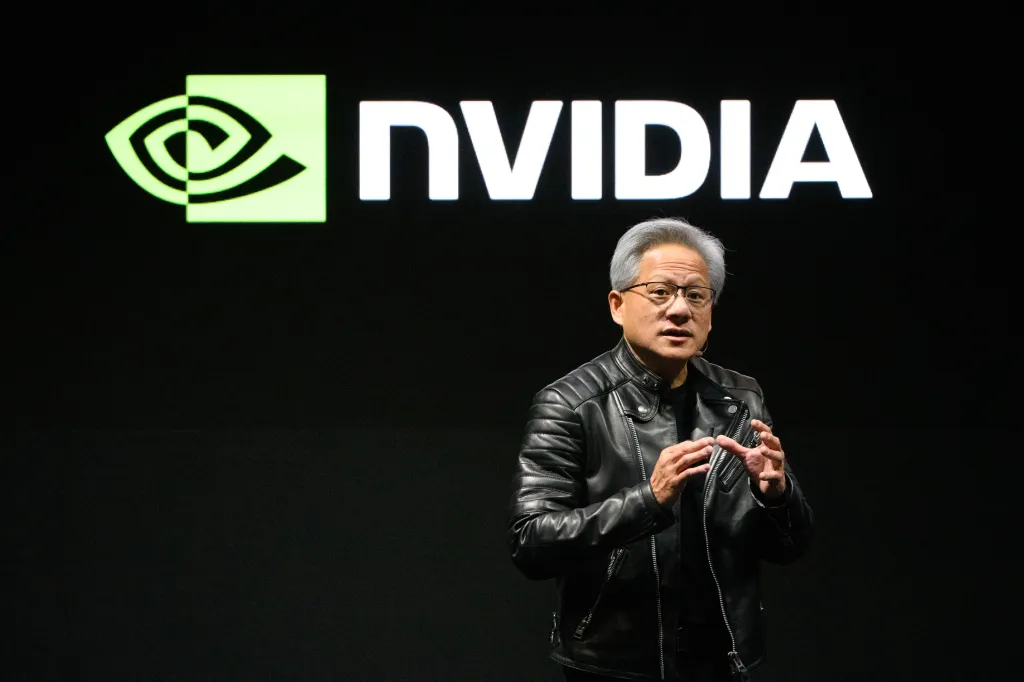Clash Over AI Chip Future Intensifies Following Nvidia's Record Quarter

ANALYSIS: As Nvidia's valuation soars, a fierce debate has erupted over the sustainability of its market dominance, pitting record-breaking financial results against emerging narratives of customer diversification, insider stock sales, and a rapidly intensifying competitive landscape.
SANTA CLARA, Calif. — In the wake of financial reports that saw its market capitalization surge into the trillions, Nvidia has become a focal point for one of the most significant debates in modern technology: Is the company an unassailable leader in the artificial intelligence revolution, or is its unprecedented market share a peak from which it must inevitably descend?
A series of recent developments has fueled this debate. Reports that key customers are exploring alternatives, coupled with over $1 billion in stock sales by company executives and a growing roster of competitors, have provided ammunition for skeptics. Yet, a deeper analysis of market dynamics, corporate strategy, and the technological ecosystem suggests a more complex reality than the surface-level narratives might indicate.
The Customer Diversification Question
At the forefront of the counter-narrative is the report that a major customer, OpenAI, is increasingly utilizing Google's proprietary Tensor Processing Units (TPUs) for some of its workloads. To critics, this signals a crack in Nvidia's armor, suggesting that even the most prominent AI players are actively seeking to reduce their reliance on the company's hardware to mitigate costs and avoid vendor lock-in.
However, technology strategists and market analysts argue this interpretation misreads a natural evolution in a maturing market. "When a market you essentially created grows this large, a diversified supply chain isn't a threat; it's a sign of a healthy, expanding ecosystem," said a senior analyst at a technology-focused equity research firm. According to this view, as AI models become more varied, it is logical for hyperscale companies to optimize their infrastructure, using different hardware for different tasks—such as deploying less-demanding, high-volume inference workloads on alternative chips while reserving premium hardware for cutting-edge training and development.
Proponents of Nvidia's long-term position point to its formidable software moat, CUDA, a parallel computing platform and programming model that has been the industry standard for over a decade. Developing high-performance AI models is deeply entwined with this ecosystem. "Moving a large-scale development pipeline off of CUDA is not a trivial task. It can take years and immense resources," the analyst added. While alternatives are emerging, Nvidia's platform remains the gold standard for the most advanced AI research and development, a fact reinforced by deep partnerships with enterprise giants like HPE and Dell to power corporate AI adoption.
Interpreting Executive Stock Sales
Adding to the uncertainty has been the extensive media coverage of stock sales by Nvidia insiders, including CEO Jensen Huang, which have surpassed $1 billion in recent months. These transactions have been framed by some market commentators as a potential lack of confidence from the very leadership team championing the company's future, a "red flag" that the stock may be nearing its peak.
Corporate governance experts, however, offer a more mundane explanation rooted in standard financial planning. A vast majority of these sales were executed under pre-scheduled SEC Rule 10b5-1 trading plans. These plans, which must be established months in advance, allow insiders to sell a predetermined number of shares at a predetermined time, providing an affirmative defense against accusations of trading on non-public information. "For executives whose compensation is heavily weighted in stock, these plans are a routine and responsible way to diversify personal assets and manage wealth," stated a partner at a major law firm specializing in securities regulation.
Furthermore, supporters of the company's position emphasize that the sales represent a very small fraction of the executives' total holdings. Mr. Huang, for instance, still holds shares valued in the tens of billions, an amount that demonstrates a significant vested interest in the company's long-term success. This context, they argue, is often lost in headlines that focus solely on the large nominal value of the sales. In response to these concerns, the overwhelming consensus among financial analysts tracked by major data providers remains strongly positive, with many raising their price targets after the sales, indicating the professional investment community largely views the activity as routine.
A Look at the Competitive Horizon
The third major threat narrative centers on the idea that competition is finally catching up. Reports consistently highlight growing threats from rivals like AMD, which is ramping up its AI accelerator production; Broadcom, which co-develops custom chips; and hyperscalers like Google and Amazon, which are investing heavily in their own silicon. In China, Huawei is also emerging as a significant state-backed competitor.
Yet again, those with a bullish outlook on Nvidia see this not as a direct threat but as a validation of the market's immense potential. "Nvidia's success created the playing field. It would be far more concerning if, in a market projected to be worth trillions, no serious competitors emerged," one industry veteran noted. The core of Nvidia's defense, according to its advocates, is its relentless pace of innovation.
The company's strategy is not simply to build faster chips but to create a full-stack platform encompassing hardware, networking, and a vast library of software. The recent announcement of its next-generation 'Blackwell' architecture, which the company claims offers an order-of-magnitude performance increase for AI training, is presented as evidence that Nvidia is not defending its lead but actively extending it. "Nvidia is in a constant race with itself," said a technology futurist. "While competitors are busy trying to match the performance of the last generation, Nvidia is already defining the next one. They are forcing the entire industry into a perpetual game of catch-up."
As the debate continues, both sides remain entrenched. The ultimate trajectory will likely be determined by whether the market narrative is swayed by the operational realities of a maturing industry or by the technological and strategic roadmap that propelled Nvidia to its current heights in the first place.